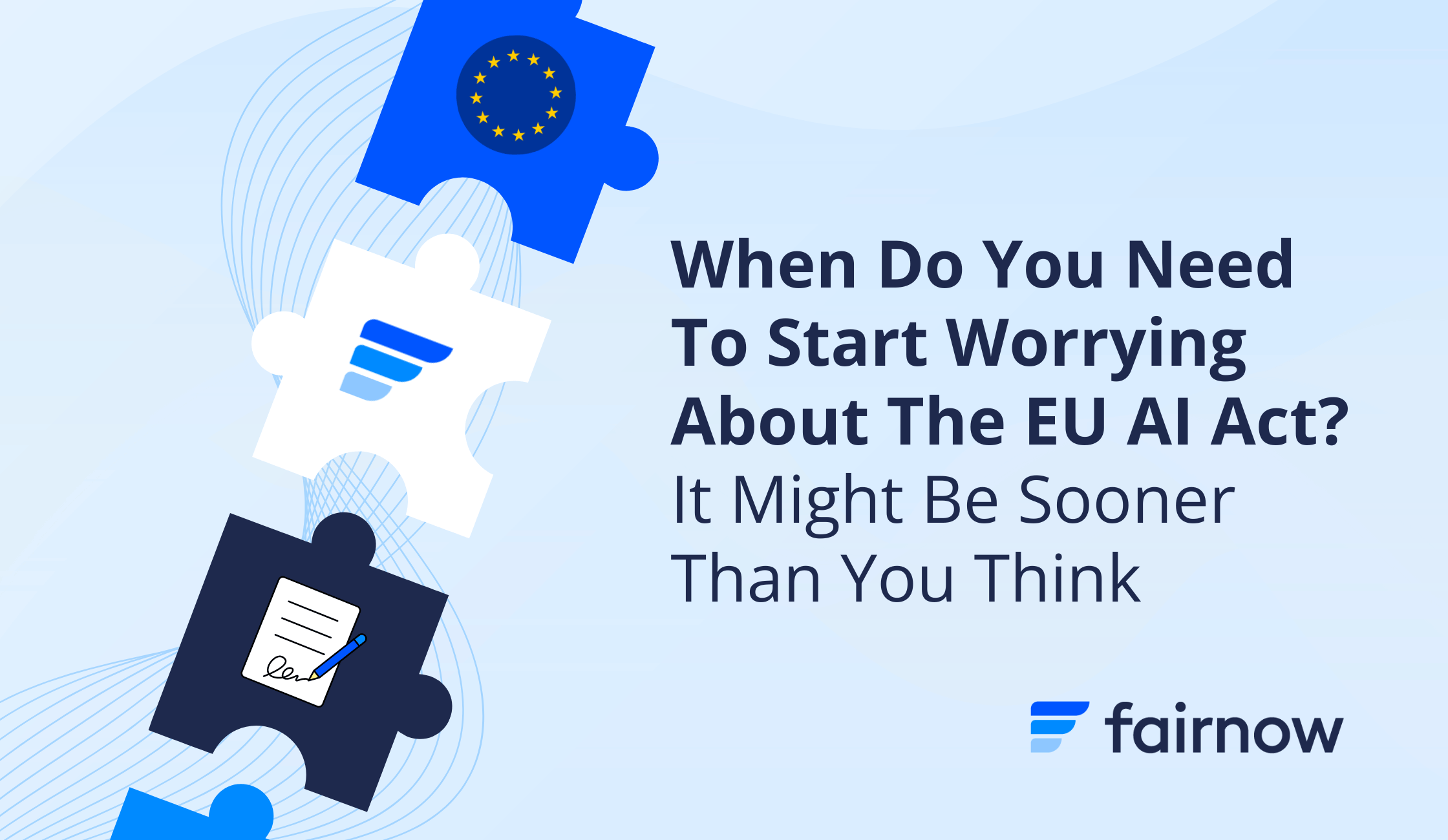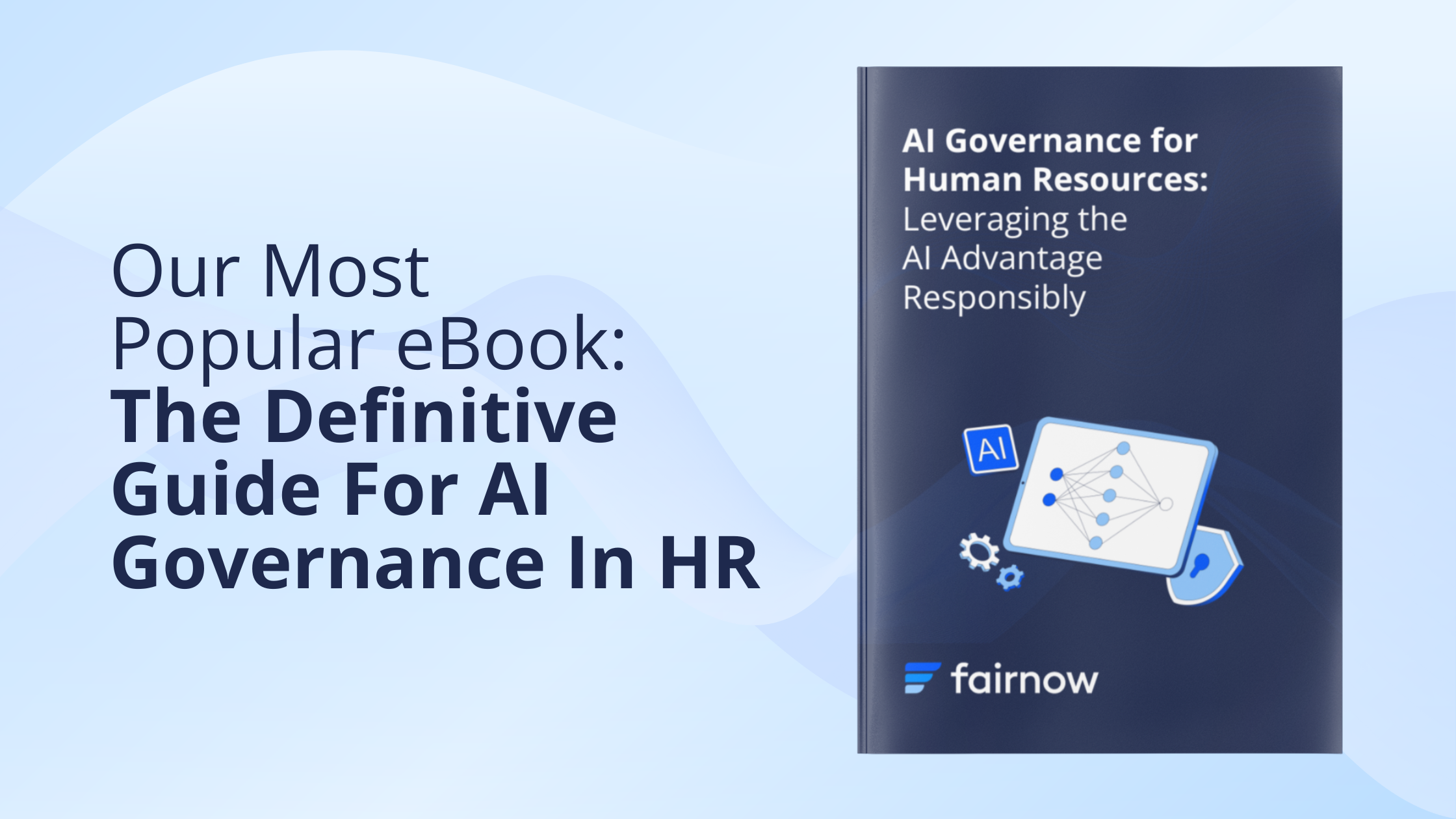What Happened On March 13th, 2024 Regarding The EU AI Act
What organizational leaders need to know about becoming and staying compliant with the EU AI Act.
 What Happened Today With The EU AI Act (March 13th, 2024)?
What Happened Today With The EU AI Act (March 13th, 2024)?
On Wednesday, March 13, the European Parliament voted in a landslide to approve the historic Artificial Intelligence Act.
Originally proposed in 2021, the Act aims to ensure “safety and compliance with fundamental rights” while helping European competitiveness in the field.
The Act reached a political agreement in December of 2023, and this vote was the final hurdle before the law was adopted.
“Today is again a historic day on our long path towards regulation of AI,” said Brando Benifei, an Italian lawmaker.
Is The EU AI Act a Big Deal?
Yes. The Act is the first international law of its kind. It will lay the legal groundwork for AI governance as we know it. It applies to providers, importers, distributors, and users of AI systems placed on the market or put into service in the EU. It features a risk-tiered approach that lays out stricter requirements for riskier AI applications and explicitly prohibits some applications outright. The law also includes measures designed to boost EU innovation in AI, such as regulatory sandboxes for model testing and development. It also carries significant fines for noncompliance.What Are the Consequences of Non-Compliance with the EU AI Act?
Let’s just say we wouldn’t recommend ignoring this legislation! Fines range based on risk category. For prohibited use models: a striking €35 million or 7% of their global annual revenue, whichever is higher. For non-compliance with the act: €15 million or 3% of annual global turnover. To put things in perspective, these fines can be much higher than what GDPR imposes, which ranges from 2-4% of annual revenue.What Happens Next?
There are a few more checks before the law is “officially” finalized. First, the law undergoes a lawyer-linguist review in a process known as “corrigendum,” meant to correct any technical errors and ambiguities. Then, per EU procedure, the Act must be approved by the European Council, but no resistance to this endorsement is expected. Then the law will be published in the “Official Journal” of the EU. It’s currently unknown exactly when this process will be completed, but some estimate it could happen in May or June 2024.When Does Enforcement of the EU AI Act Start?
Ah, the question on everyone’s mind! Heads up – we’ll be using some industry jargon here… keep reading for a simplified version, along with the steps your organization should take to prepare. Enforcement of the Act is staged and starts 20 days after the law’s publication in the Official Journal.- After six months: The ban on prohibited applications
- After 12 months: The requirements for general-purpose AI systems (which includes generative AI models) become applicable
- After 24 months: All rules of the AI Act become applicable, including obligations for high-risk systems defined in Annex III (list of high-risk use cases)
- After 36 months: Obligations for high-risk systems defined in Annex II (list of Union harmonisation legislation) apply
So, What Does My Organization Need to Do to Prepare?
 Strategic leadership teams are already preparing for the upcoming regulations. If you haven’t started yet, don’t worry. Here is a step-by-step guide on how to begin, no matter the size of your team:
Strategic leadership teams are already preparing for the upcoming regulations. If you haven’t started yet, don’t worry. Here is a step-by-step guide on how to begin, no matter the size of your team:
1) Build Your Model Inventory
- Assemble a cross-functional team to catalog your AI tools and models (yup, all of them!)
- Detail each system’s functionality and capacity
- Identify the team(s) or individual(s) responsible for each model
- FairNow has an AI Inventory feature to make this process streamlined and painless
2) Identify High Risk Models
- Identify the risk level of each AI system according to the EU AI Act’s classifications: unacceptable risk, high risk, limited risk, or minimal risk
- Make note of general-purpose AI systems (which include generative AI models), as those requirements will be implemented 12 short months after enforcement of the Act
- Sort risks by severity to prioritize urgent issues
3) Implement AI Governance
- Maintain detailed documentation of each AI system’s lifecycle: purpose, capabilities, and decision-making processes
- Perform regular monitoring of your AI systems for bias, explainability and reliability
- Ensure human oversight measures
- Of course, FairNow has an entire AI Governance platform to cut your reporting time in half and track the emerging regulations for you, request a free demo here
Keep Learning



